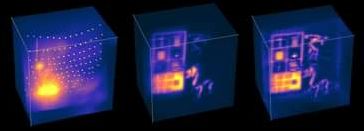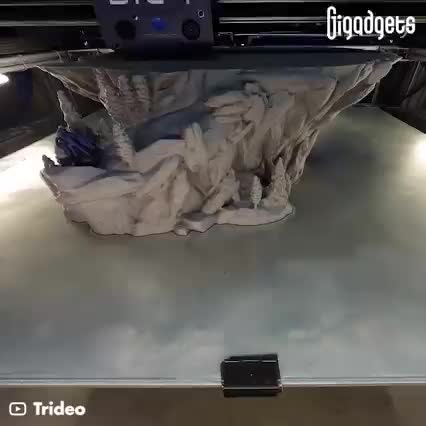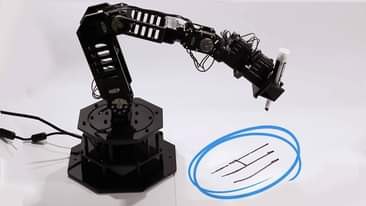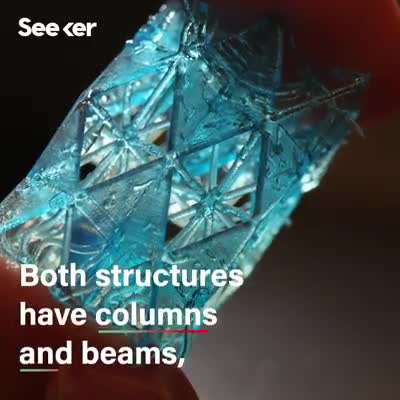This laser-shooting camera can see you from around the corner 😱.










Click on photo to start video.
The four astronauts launching on NASA’s SpaceX Crew-2 mission will spend six months on the International Space Station: a state-of-the-art microgravity laboratory.
🔬 🧪 They’ll work on science and research to benefit life on Earth & test technologies to enable us to return to the Moon and explore beyond: youtu.be/TiUvXmRDwEQ
